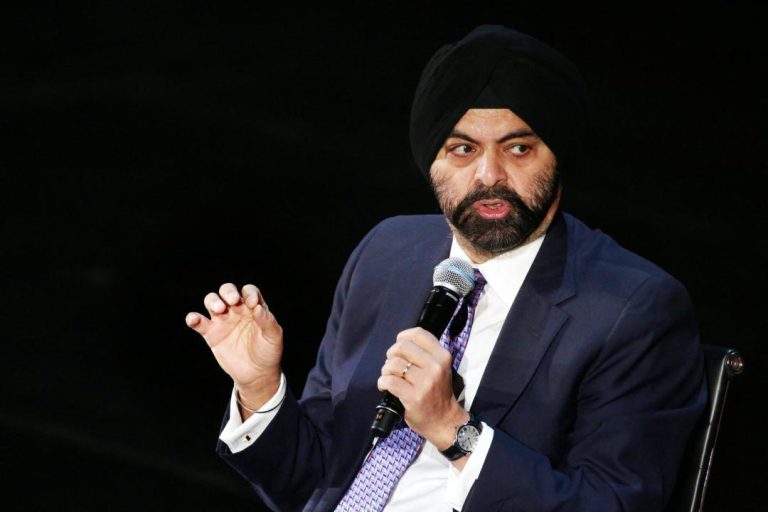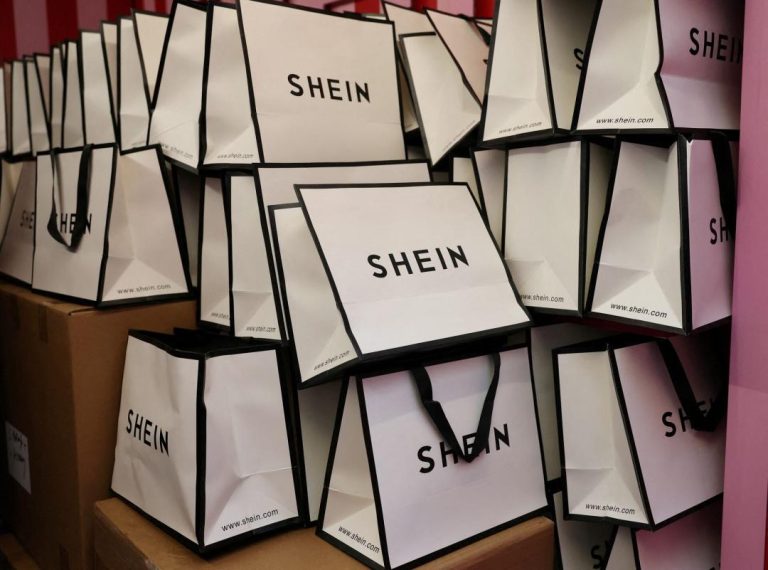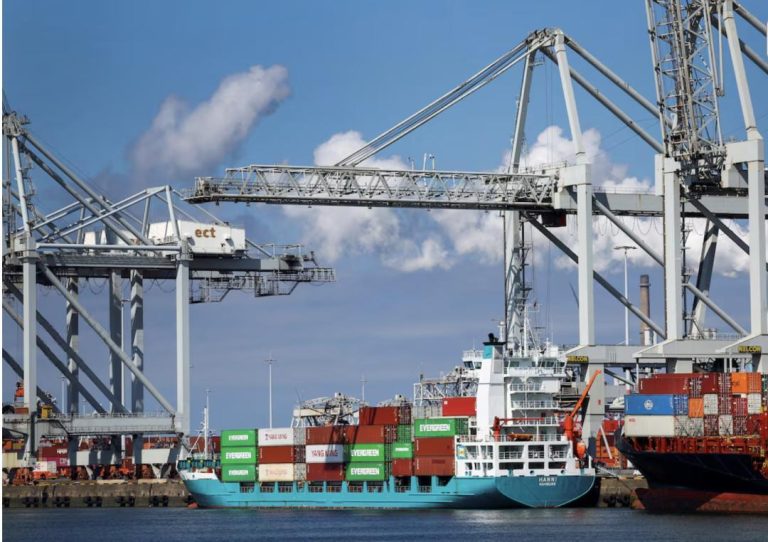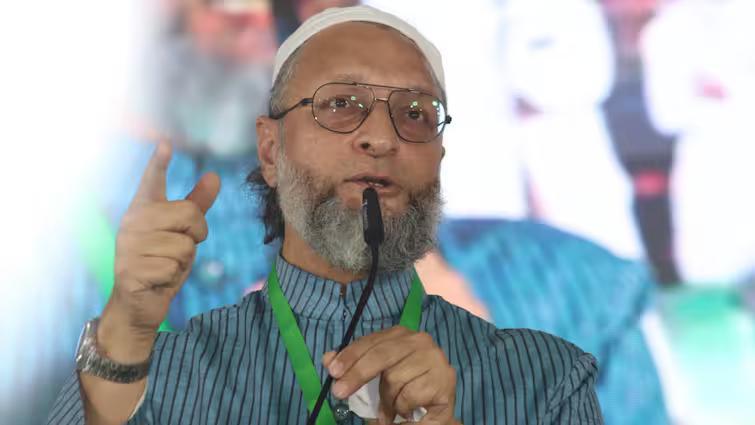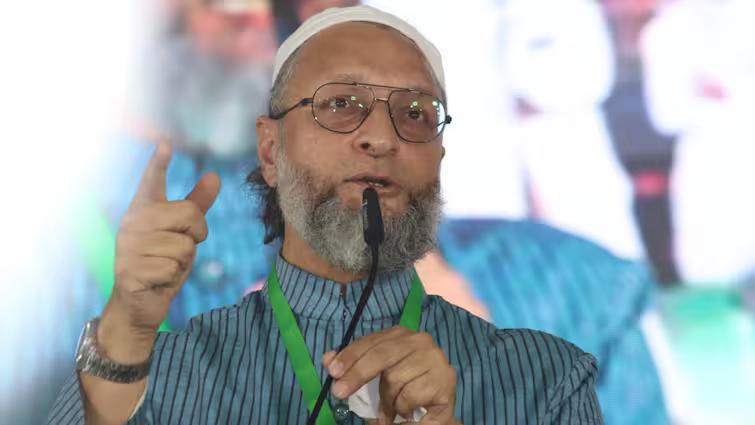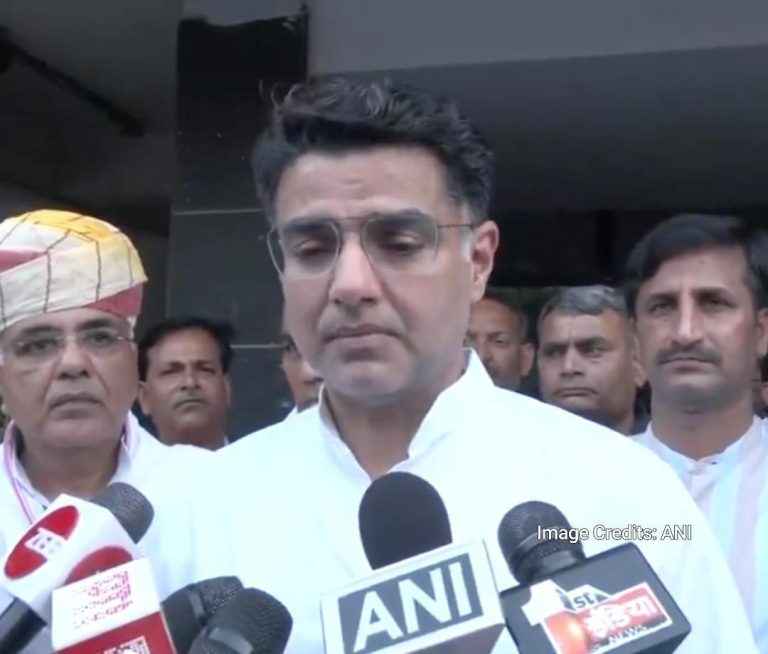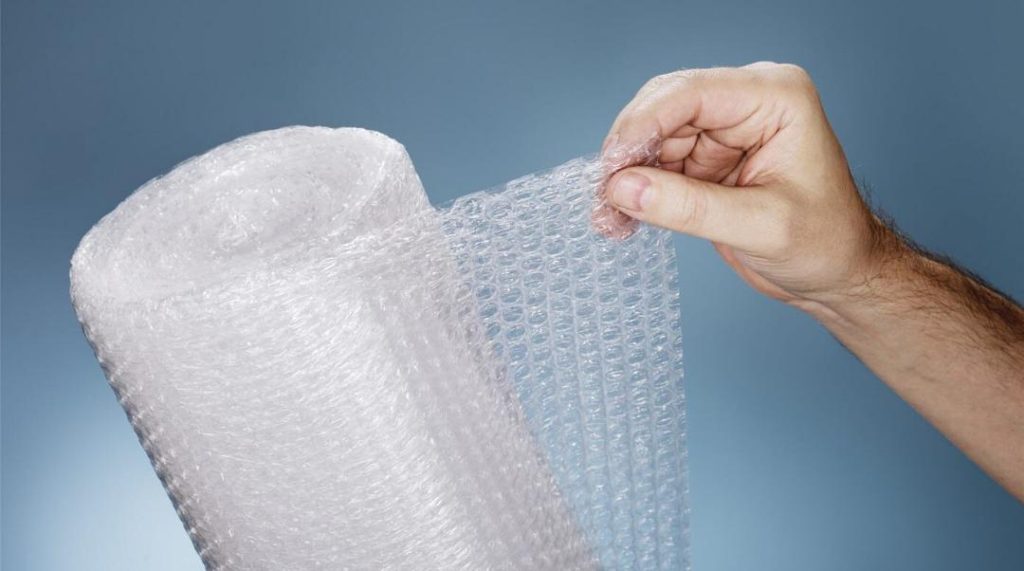
How Bubble Wrap Turned a Mistake into a $5 Billion Empire
In 1957, a young engineer named Marc Chavannes was working at a company called Sealed Air, a manufacturer of plastic packaging materials. Chavannes, along with his colleague Al Fielding, was tasked with creating a new type of wallpaper. Yes, you read that right – wallpaper! The duo spent months experimenting with different materials, but their efforts were met with failure after failure. It seemed like their innovative idea was doomed to remain just that – an idea.
But, as fate would have it, their mistake turned out to be a game-changer. Chavannes and Fielding stumbled upon a unique combination of plastic and air that created a bubble-like texture. Initially, they thought it was useless, but they couldn’t help but be fascinated by the intriguing design. The duo decided to take a chance and present their creation to Sealed Air’s management, hoping to salvage their failed wallpaper project.
The company was skeptical at first, but after seeing the potential of the bubble wrap material, they decided to give it a shot. And so, the first bubble wrap manufacturing line was set up in 1959. Little did Chavannes and Fielding know that their mistake would soon become a global phenomenon.
From IBM Computers to Pop Culture Phenomenon
In the early 1960s, Sealed Air started selling bubble wrap to various industries, including the electronics sector. IBM, a leading computer manufacturer at the time, became one of their earliest and most significant customers. Bubble wrap was used to protect IBM computers during shipping, and its effectiveness was undeniable. The material’s ability to absorb shocks and reduce damage made it an instant hit.
As bubble wrap’s popularity grew, so did its versatility. It began to be used in various applications, from packaging fragile items to providing insulation in construction projects. The material’s unique texture and sound – the iconic “pop” when the bubbles are pressed – made it a sensory experience unlike any other.
Bubble wrap’s rise to fame was not limited to its practical uses. It also became a cultural phenomenon, with people of all ages popping the bubbles for sheer entertainment. The satisfying sensation of hearing the “pops” and feeling the tactile experience of the bubbles has made bubble wrap a beloved toy for many.
A $5 Billion Industry
Today, bubble wrap is a ubiquitous part of our daily lives. It’s used in packaging, construction, and even in medical applications. Sealed Air, the company that first produced bubble wrap, has grown into a global leader in the packaging industry, with a market capitalization of over $5 billion.
The company’s success can be attributed to its ability to adapt and innovate. In recent years, Sealed Air has made significant strides in sustainability, introducing eco-friendly packaging solutions and reducing its carbon footprint. The company’s commitment to sustainability has not only benefited the environment but also enhanced its reputation as a responsible corporate citizen.
A Symbol of Creativity, Resilience, and Reinvention
The story of bubble wrap is a testament to the power of creativity and resilience. Chavannes and Fielding’s mistake turned out to be a blessing in disguise, and their willingness to take risks and experiment led to a groundbreaking innovation.
Bubble wrap’s success is also a reminder that even the most unexpected creations can become global phenomena. The material’s ability to adapt to different industries and applications has made it an essential part of our daily lives.
As we look to the future, it’s clear that bubble wrap is not just a packaging material but a symbol of creativity, resilience, and reinvention. The company’s commitment to sustainability is a beacon of hope for a more eco-friendly future, and its iconic sound remains a source of joy and entertainment for people around the world.
Source:
https://ascendants.in/business-stories/bubble-wrap-success-story/
